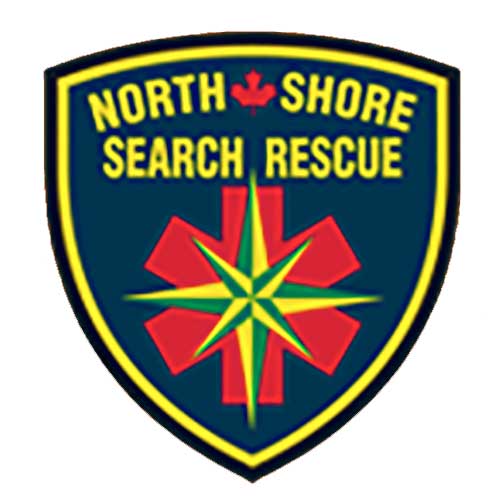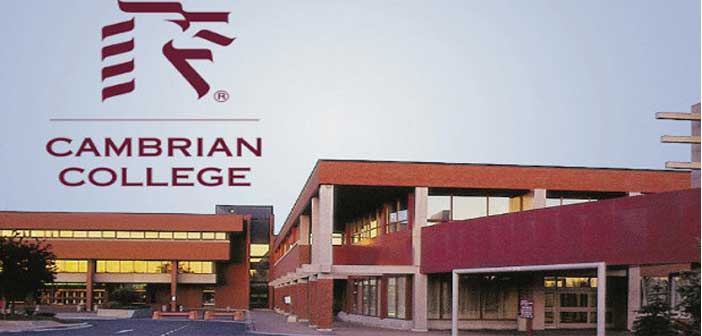ESPANOLA—The less time it takes to find someone who is suffering from Alzheimer’s or a similar disease who has gone missing can mean the difference between life and death.
The Project Lifesaver Program is now in place on Manitoulin and the area thanks to the North Shore Search and Rescue Group (NSSR), says NSSR President Bill Noon.
“The Project Lifesaver program is in place in countries like the United States and Australia,” Mr. Noon told the Recorder late last week. “It is designed for people who have Alzheimer’s disease, dementia, autism, Down syndrome or other cognitive condition that causes wandering. With their permission and their spouse or care giver, a personalized radio transmitter or GPS locator bracelet is put on the person’s wrist.
“We get called in to help in recoveries and locating missing persons and with the Lifesaver program it will take us 30 minutes or less to find a person,” said Mr. Noon. “This is a great program that we are able to offer to the public now.”
Mr. Noon explained the first step is to do a physician to do a compendium critique, “and, for instance, if a wife is afflicted with Alzheimer’s we would talk to the husband in that case. We have to convince them and the client to give us permission and allow us to put the bracelet on their wrist.” The monthly fee for someone participating in Project Lifesaver with a transmitter is $20.
The (NSSAR) program began on July 1, pointed out Mr. Noon. “It was a slow process to get the necessary equipment, then train seven instructors and advertisers on the program.
“We have done presentations on the program, which takes about an hour to do, and we would gladly come to the Island if someone wants us to make a presentation on the program.”
Project Lifesaver is a non-profit organization that since 1999 has developed a network of more than 1,000 law enforcement and other public safety agencies nationwide that have been trained and certified in the use of electronic search and rescue technology. The primary mission of Project Lifesaver is to provide timely response to save lives and reduce potential injury for adults and children who wander due to Alzheimer’s autism and other related cognitive conditions, according to a brochure on the program.
Project Lifesaver’s mission is to use state of the art technology in assisting those who care for victims of Alzheimer’s dementia, autism, Down syndrome and any other cognitive condition that cause wandering. There are no boundaries, notes the brochure, no one is immune.
Without effective procedures and equipment, searches can involve multiple agencies, hundreds of personnel, countless man-hours and thousands of dollars. Since citizens enrolled in Project Lifesaver wear a small personal transmitter that emits an individualized tracking signal if an enrolled client goes missing the caregiver can notify their local Project Lifesaver agency and an emergency team will respond to the wanderer’s area. Most who wander are found within a few miles from home and search times have been reduced from hours and days to minutes. Recovery times for Project Lifesaver clients average 30 minutes, that’s 95 percent less time than standard operations.
NSSAR takes in all of Espanola, Manitoulin Island, Blind River and Parry Sound, said Mr. Noon.





